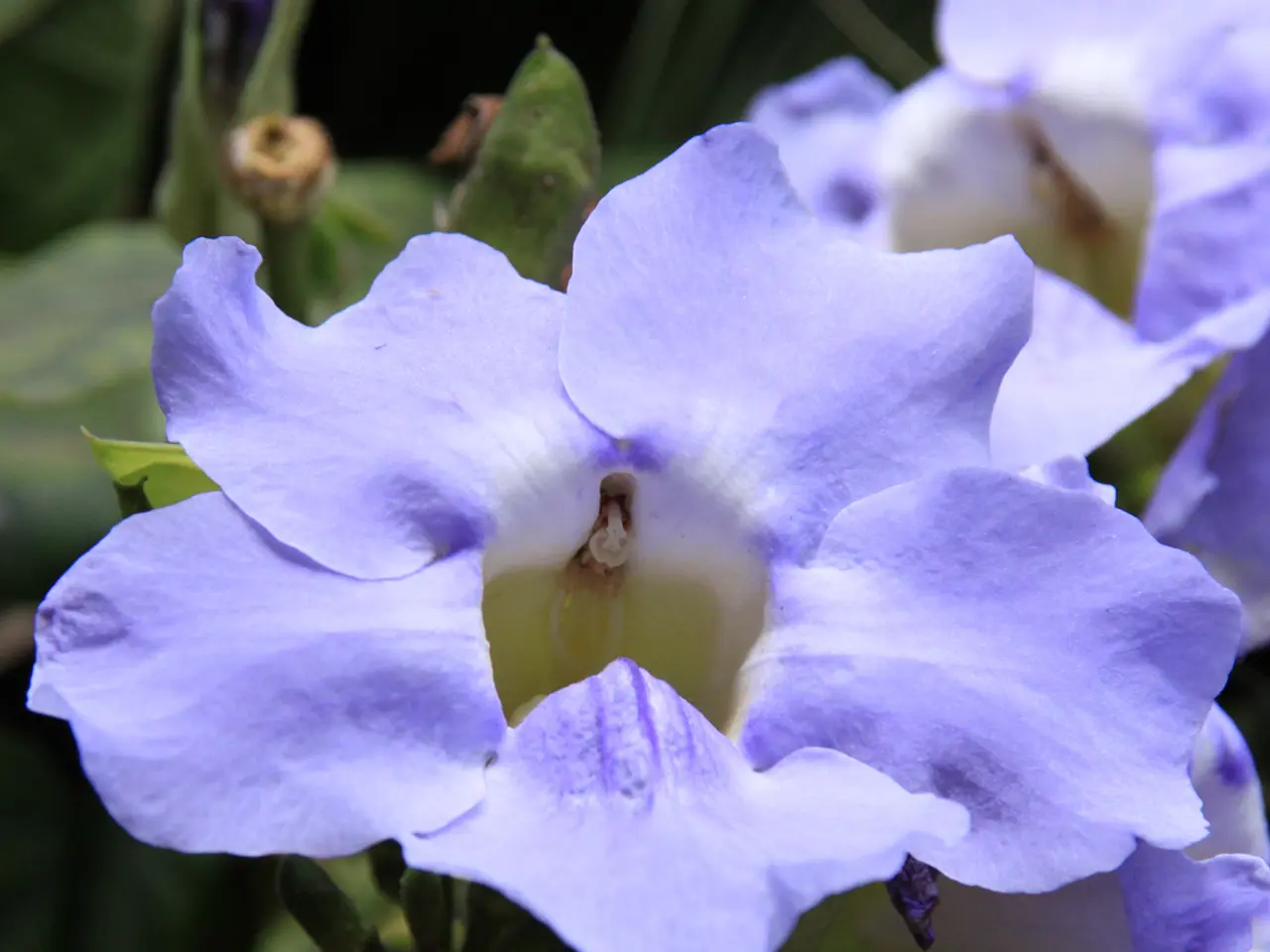Practical Tips for February Garden Care
Get ready to roll up your sleeves and dive into the world of gardening as we explore the various activities that can be undertaken in February. According to the guide published by Michael Schulte, Anette Hauck, and Johannes Motschmann in February 2023, this month presents an excellent opportunity for both flower and vegetable enthusiasts.
Firstly, February is the perfect time to start sowing seeds for a variety of plants. Kale, for instance, can be planted indoors if the weather is too cold, and once seedlings sprout, they should be placed in a sunny spot until they're big enough to be planted in-ground. Tomatoes, chilies, eggplants, basil, and broad beans are also suitable for sowing in February. Chilies, in particular, require a minimum temperature of 25°C to germinate, making grow lights an essential tool for early cultivation. Tomatoes can be sown at a minimum temperature of 10°C, and a sunny windowsill is an excellent location for growing them in pots or trays.
For those interested in flowering plants, February offers a plethora of options. Sweet peas can be grown individually in pots or cardboard tubes and require a heated propagator or grow lights. Other flowering plants that can be grown in February include Eucomis, Liatris, Agapanthus, Galtonia, and Japanese anemones.
Geraniums (hardy varieties) can be grown in the garden, either in bright, direct sunlight or shady areas. Cosmos can be grown from seed in peat-free compost on a tray or pot. Salvias can be started from seed using peat-free seed compost and a layer of vermiculite.
Maintaining the health of fruits and vegetables is also crucial in February. Winter pruning should be finished, weeds should be removed from the vegetable patch or raised beds, and a thick layer of organic compost should be added to vegetable beds. Potash fertilizer should be sprinkled around the base of fruit trees and shrubs. Cloches or fleece should be installed over temperature-sensitive plants, fruit bushes, and trees can be sown if the soil starts to soften, and the soil should be enriched with organic compost or well-rotted manure when the ground becomes easier to work with.
In addition to planting and maintaining existing plants, February is also the time to prepare for the growing season. To attract pollinators, bird baths and birdhouses should be installed. Snow should be knocked off evergreen shrubs, conifers, and hedges. A cold frame should be installed for hardening off young plants. The soil should be enriched with organic compost or well-rotted manure, compacted soil should be broken, unwanted debris should be cleared, manure should be spread around flowering shrubs and bushes, items for outdoor gardening should be repaired, repainted, or replaced, and seed packets should be organized by starting date and checked for viability.
Lastly, don't forget about maintaining flowering plants. Leftover ornamental grasses should be cut before fresh sprouts appear. Flowering plants should be pruned to encourage healthy buds. Compacted soil should be broken, congested grasses and perennials should be removed, winter flowering plants should be pruned after blooming, old foliage should be cut before spring flower buds develop, and the soil should be enriched with slow-release fertilizers.
With these tips in mind, February promises to be a productive month for gardeners. So, grab your gardening tools and get ready to make your garden bloom!




